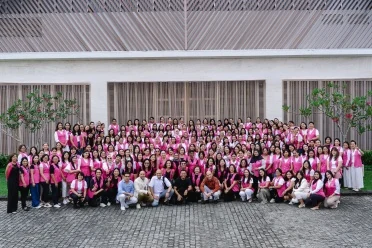Every Balinese Hindu household boasts a sacred haven known as the Sanggah, or Merajan. These sanctuaries stand as tangible connections to the divine, perfectly embodying the profound philosophy of Tri Angga, Tri Mandala, and Tri Hita Karana. Let's unravel the history, function, and profound philosophy encapsulated within these hallowed grounds.
Sacred Sanctuaries: Exploring the Spiritual Aspect of 'Sanggah'
History and Tradition
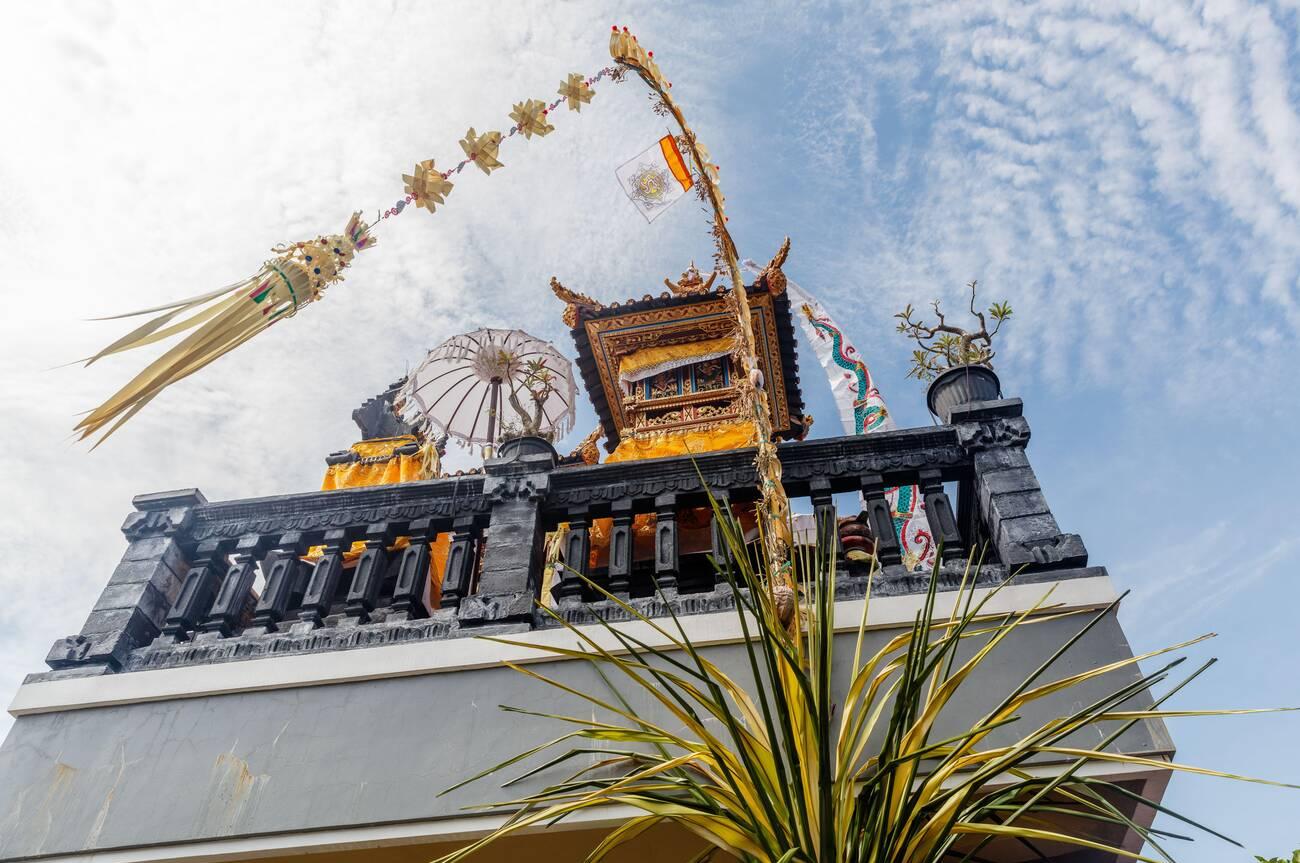
Rooted in the ancient wisdom of Hinduism, the Balinese Sanggah/Merajan holds a lineage as old as time itself. Drs. I Ketut Pasek Swastika's book, "Indik Wewangunan" delves into the intricate details, revealing the presence of Dwi Lingga (two shrines), Tri Lingga (three shrines), and even Dasa Lingga (ten shrines), symbolizing the unique choices and agreements of each family in constructing their sacred space.
Philosophy of Tri Angga
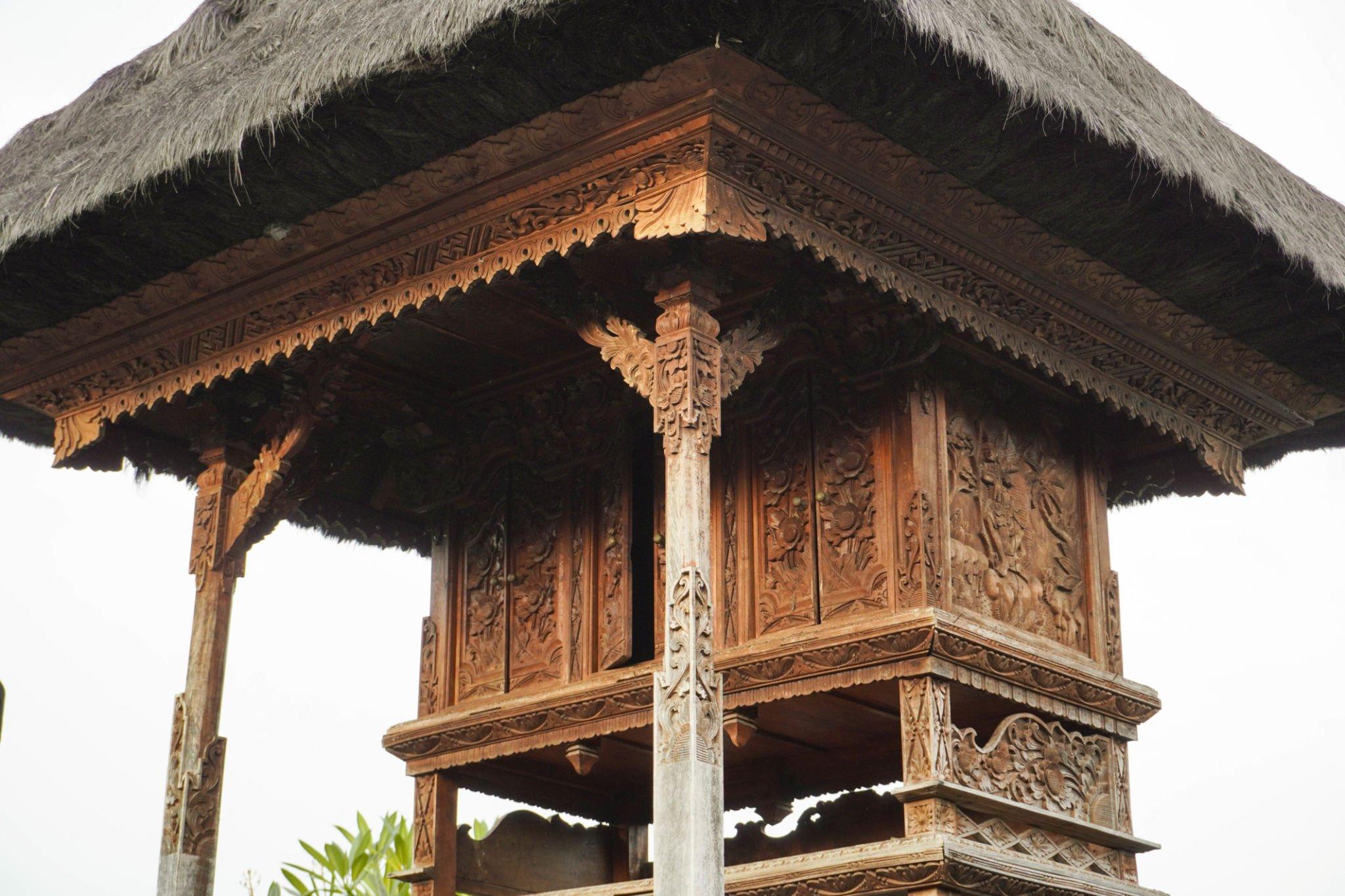
Drawing parallels with the human body, the Sanggah represents the head, or "luhuring genah" of the household. This sacred space encapsulates the essence of Tri Angga, with Kamulan as the head, Taksu as the body, and Pengelurah as the feet. Each element intricately woven into the design mirrors the holistic philosophy of existence.
Function and Placement
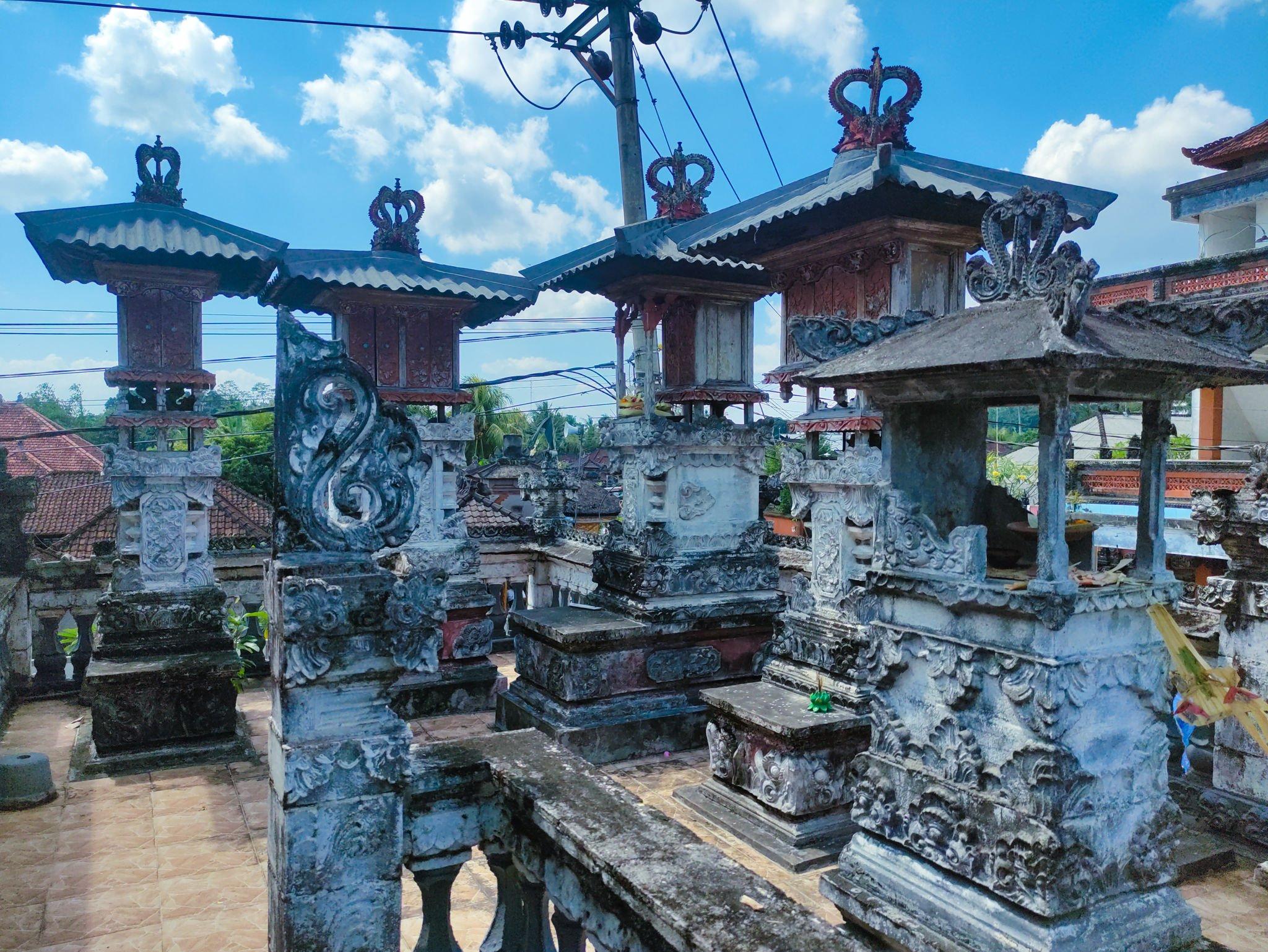
Sanggah is not merely a physical structure; it is a spiritual refuge where the divine is revered. Tri Hita Karana guides its purpose, providing a space for worshiping Bhetara Kawitan and Ida Sang Hyang Widhi Wasa. Positioned in the ‘hulu’ or northeast of the home, or atop elevated grounds, the Sanggah symbolizes the aspiration for spiritual elevation.
Balinese Architecture and Asta Kosala Kosali
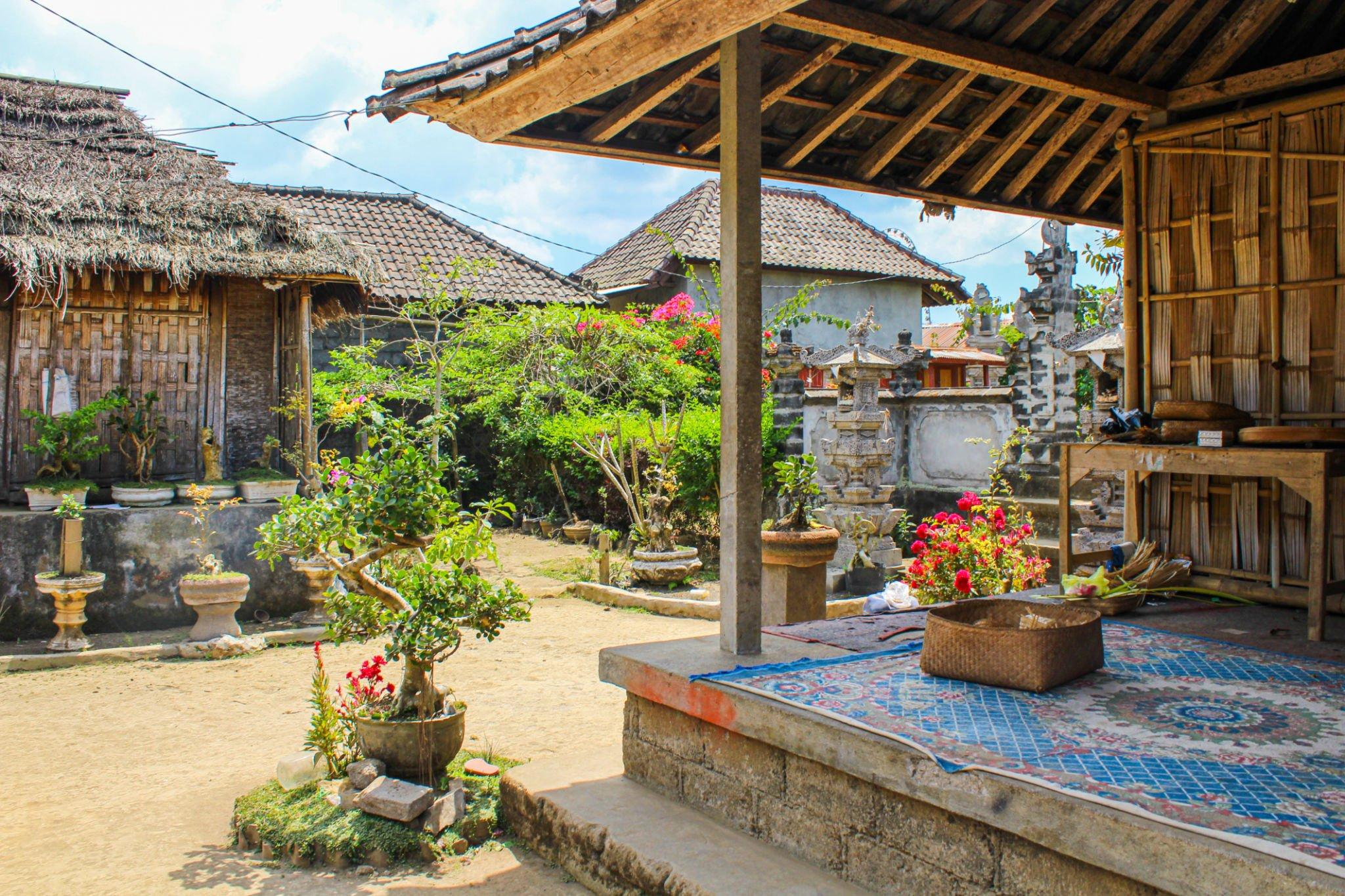
The physical manifestation of Sanggah adheres to Asta Kosala Kosali, a vernacular architecture tradition unique to Bali. Organic materials such as thatch roofing, bamboo, coconut wood, teak wood, brick, and stone are meticulously used, creating structures that harmonize with the natural environment. This traditional architecture is a testament to Bali's commitment to preserving its cultural and spiritual heritage.
Pitra Puja and Sanggah Kemulan
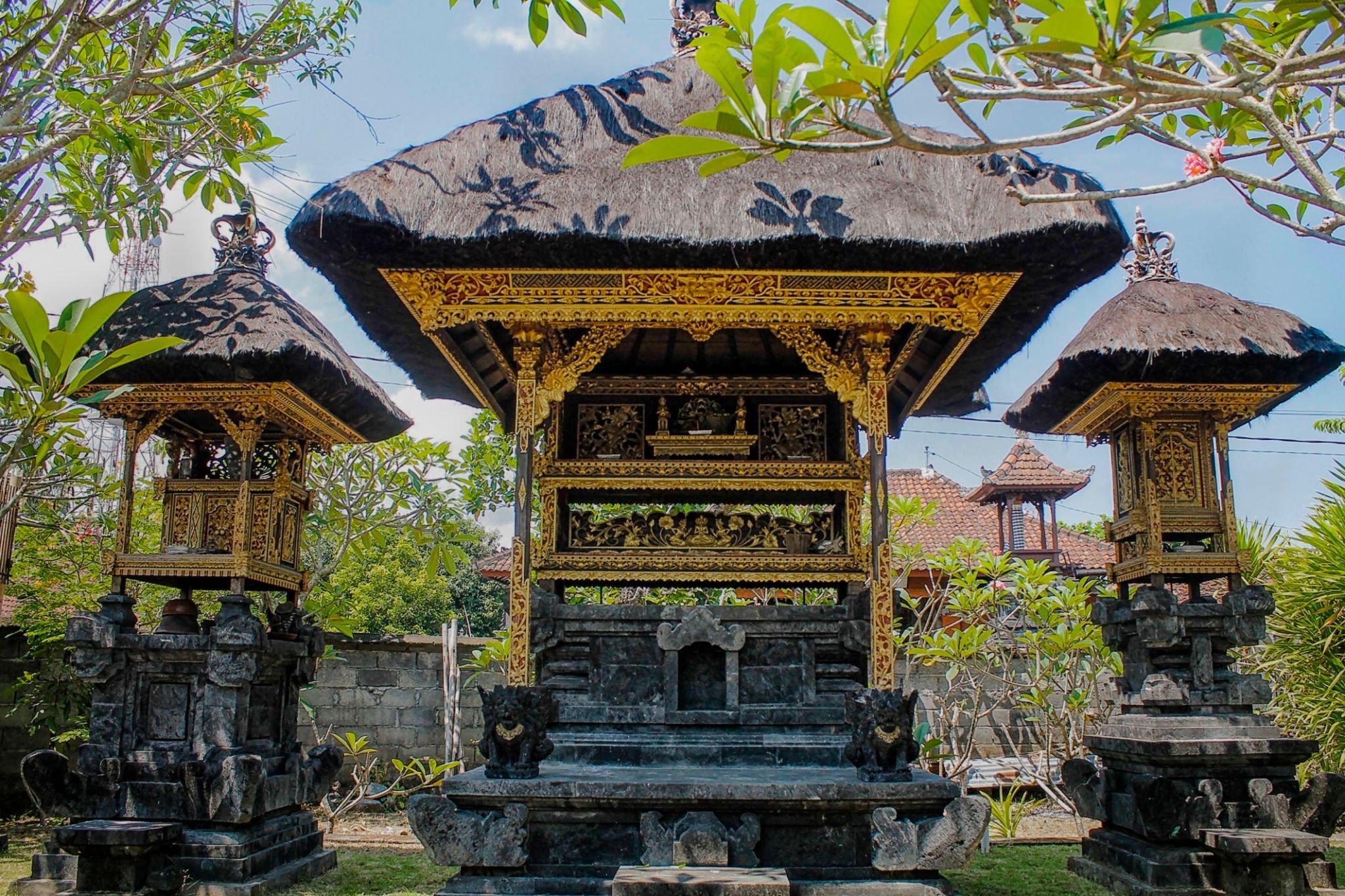
At the heart of Sanggah is Pitra Puja, a ritualistic homage to ancestors and a fundamental aspect of Yadnya. Sanggah Kemulan serves as the sacred space for honoring departed souls, transforming them into revered deities. This practice, deeply ingrained in the Balinese way of life, fosters a profound connection between the living and the divine.
The Balinese Sanggah/Merajan stands not only as a physical structure but as a testament to the spiritual, cultural, and architectural richness of Bali. Rooted in ancient traditions, it remains a living embodiment of the harmonious coexistence between humans, the divine, and nature. As the Sanggah continues to weave its mystique through generations, it remains a timeless symbol of Bali's unwavering commitment to preserving its sacred heritage.



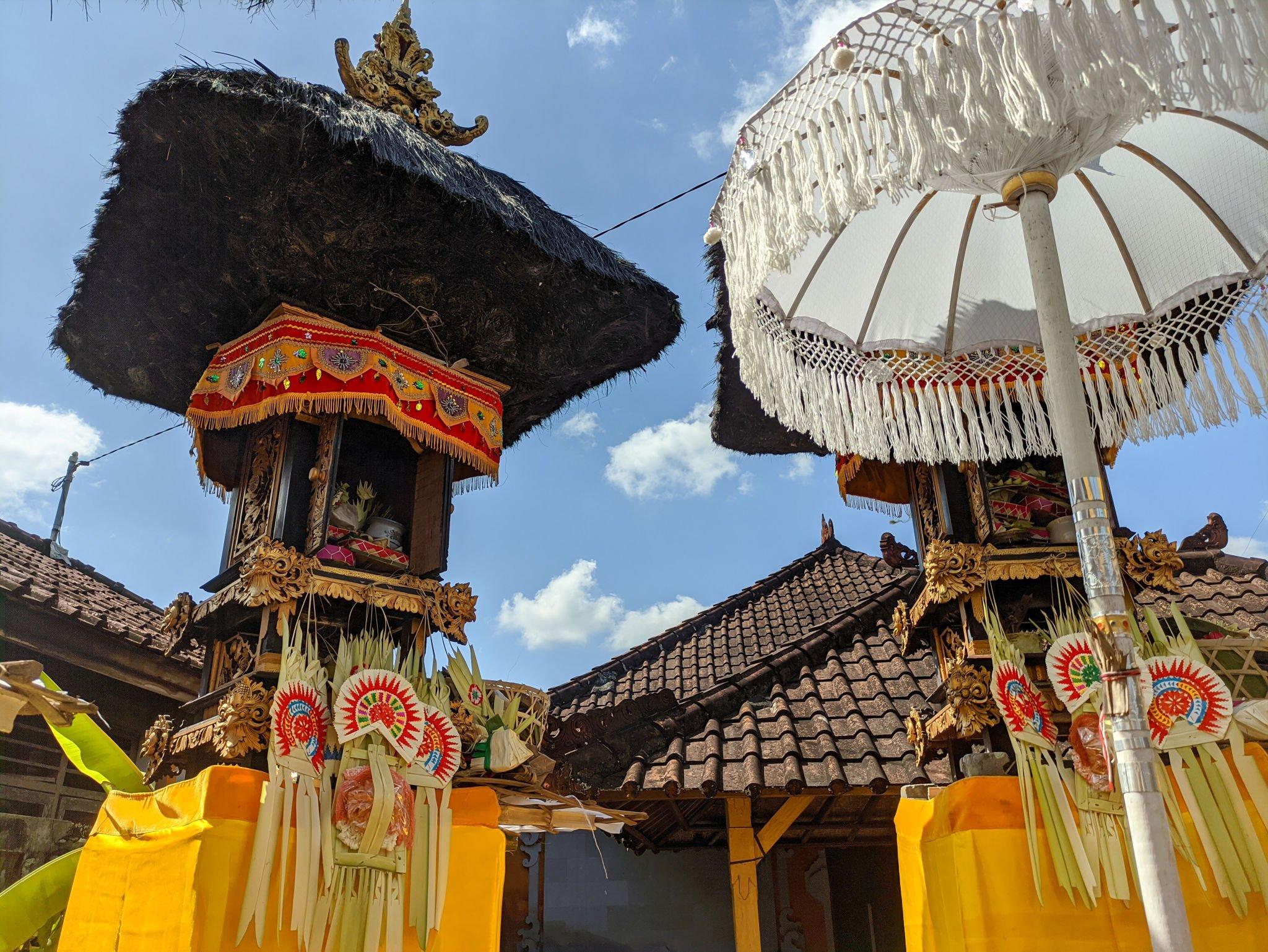
 Billy Bagus
Billy Bagus
 Nov 17, 2023
Nov 17, 2023





